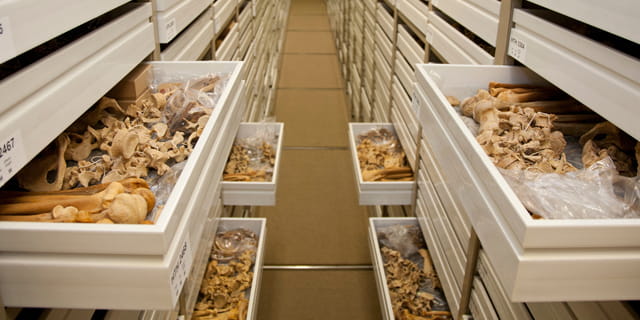Groundbreaking Clinical Research for Children with Bone, Muscle and Joint Conditions

Our team at University Hospitals Rainbow Babies & Children’s is passionate about changing and improving lives for young people with orthopedic conditions. As an academic medical center, we have an active research enterprise that works continually to discover new therapies, technologies and techniques. Some of the most widely used processes today, like neuro-monitoring for spine surgery, were invented right here at UH Rainbow Babies & Children’s.
At any given time, our clinical research team is participating in over 100 studies approved by the Institutional Review Board. We are an affiliate of Case Western Reserve University School of Medicine, a national leader in medical education and research with consistent rankings among the top research medical schools in the country by U.S. News & World Report.
Landmark Studies for Scoliosis Treatment and Advanced Spine Techniques
At UH Rainbow Babies & Children’s, we have consistently participated in developing advanced surgical techniques for scoliosis and spine surgery. Our institution holds one of the nation’s largest single-center spinal deformity databases, from which many landmark studies on scoliosis have been published. We also are participants in the multi-center HARMS Study Group, as well as the Pediatric Scoliosis Study Group. Our faculty are participating in several multicenter studies and working with industry partners to improve outcomes using technology innovations for safer surgery.
Innovations in Care through Neuromuscular Disease Research
Our physician-scientists are helping develop groundbreaking treatments for neuromuscular diseases. One study involves a device attached to the bone at different points using wires. With computer navigation, we can shift the bone into better alignment. This is similar to how braces straighten teeth. This new technique has proven to improve function and decrease spasticity, or muscle tightness, in children with neuromuscular disorders like multiple sclerosis and muscular dystrophy. In collaboration with other research groups, we are innovating more spasticity management techniques using injections, medications and surgeries. Through this dedication to neuromuscular research and discovery, our team is able to offer highly advanced and novel procedures only done by a handful of orthopedic surgeons across the U.S.
Improving Outcomes for Limb Deformities
Through our relationship with Case Western Reserve University School of Medicine, our pediatric orthopedic specialists are advancing research and surgical techniques to correct limb and hip deformities. We focus on research and discovery of the anatomy, physiology and molecular biology of growth plates, which determine the length and shape of the fully mature bone. This knowledge and expertise can help us with many limb deformities, either from birth or through traumatic injury, for which growth plate expertise is critical to successful surgery and long-term bone health.
Getting Our Youngest Athletes Back in the Game
Our team of nationally recognized pediatric sports medicine surgeons remains instrumental in improving outcomes for even our youngest athlete. We have developed techniques and anatomical guidance for surgeons to safely reconstruct anterior cruciate ligaments and medial patellofemoral ligaments while preserving future growth. We lead large, multicenter teams examining outcomes for young athletes with ACL tears, shoulder instability, and tibial spine fractures. Additionally, our team has been the recipient of the POSNA Arthur H. Huene Memorial Award as a Co-PI to support the development of a prospective multicenter study of tibial spine fractures.


